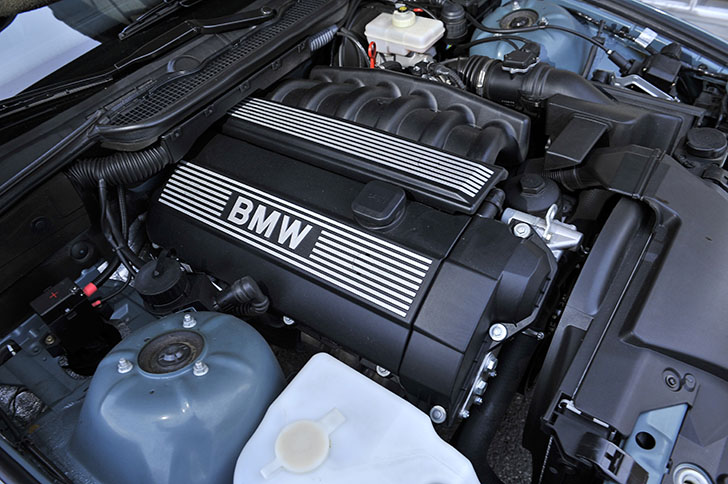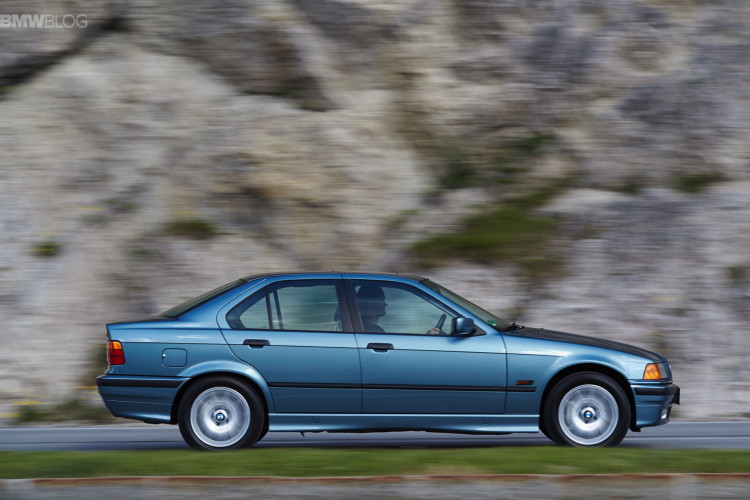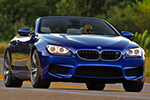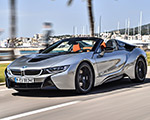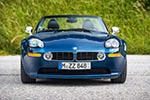When BMW introduced the M50 engine in 1990, it marked the beginning of a new chapter for the brand’s straight-six legacy. Replacing the M20, the M50 was the first BMW inline-six to feature a dual overhead camshaft (DOHC) layout, setting a new benchmark for performance and refinement in the brand’s mid-size sedans and coupes. Over the course of its six-year production run, the M50 evolved from a solid performer into a cult classic—especially in its later “M50TU” form, which added variable valve timing via BMW’s VANOS system.
Engineering Overview
The M50 came in two main variants: the M50B20 and M50B25, displacing 2.0 and 2.5 liters respectively. Both engines shared a robust cast iron block, aluminum cylinder head, and a DOHC 24-valve architecture. This layout gave the M50 better breathing and more high-revving potential compared to the outgoing single-cam M20. In its original, non-VANOS form, the 2.5-liter M50B25 produced 189 horsepower at 6,000 rpm and 181 lb-ft of torque at 4,700 rpm—numbers that remain respectable even today for a naturally aspirated inline-six.
In 1992, BMW introduced the M50TU (Technical Update), which added single VANOS (variable valve timing on the intake camshaft). This brought improved low-end torque and drivability, particularly in urban or stop-and-go conditions. Power figures remained largely the same, but the engine’s usable range widened, making the M50TU a favorite among BMW enthusiasts.
Reliability: Overbuilt and Understressed
If there’s one word that defines the M50, it’s “overbuilt.” These engines were designed during a period when BMW prioritized mechanical longevity and engineering precision. The cast iron block is virtually indestructible, and the aluminum head has proven durable as long as it isn’t overheated. Common wear items like water pumps, thermostats, and valve cover gaskets can fail—but these are easily serviced and well-documented in the DIY community.
The M50 also avoided some of the chronic issues that plagued later engines, such as the Nikasil bore wear in early M60 V8s or the VANOS rattle problems seen in the later M54. Even the VANOS unit in the M50TU is relatively simple and less failure-prone compared to later dual-VANOS systems. Many high-mileage M50s (300,000+ miles) are still on the road today, a testament to the engine’s legendary durability.
Tuning Potential: A Hidden Gem
While the M50 may not have the aftermarket hype of its turbocharged successors, it’s a surprisingly tunable engine. The forged crankshaft and stout bottom end make it capable of handling forced induction with the right supporting mods. Turbo builds pushing 400–500 horsepower are not uncommon with upgraded internals and standalone engine management systems.
Naturally aspirated builds also have room for improvement. Enthusiasts often upgrade to larger throttle bodies, high-performance camshafts, and custom exhaust headers. One of the most popular mods is the “M50 intake manifold swap” onto the later M52 or M54 engines, as the M50’s plenum offers better top-end airflow. This speaks volumes about the M50’s performance-first design and its usefulness in hybrid builds.
Efficiency: Advanced for Its Time
Although fuel economy wasn’t the M50’s primary mission, it remains relatively efficient for a 1990s inline-six. In stock form, the M50B25 could return around 22–28 mpg depending on driving style and vehicle configuration. VANOS-equipped versions performed slightly better in real-world scenarios due to improved torque delivery and more efficient combustion at low RPMs.
Moreover, the M50’s mechanical simplicity—no turbochargers, no high-pressure fuel pumps, no direct injection—means fewer systems that can degrade over time and reduce fuel economy. For a 30-year-old engine, the M50 still holds its own in balancing performance with reasonable consumption.
BMW M50 Engine Variants and Applications
M50B20 (2.0L, Non-VANOS)
- BMW 520i (E34): 1990–1992
- BMW 320i (E36): 1990–1992
M50B20TU (2.0L, Single VANOS)
- BMW 520i (E34): 1992–1996
- BMW 320i (E36): 1992–1994
M50B25 (2.5L, Non-VANOS)
- BMW 525i (E34): 1990–1992
- BMW 325i (E36): 1990–1992
M50B25TU (2.5L, Single VANOS)
- BMW 525i (E34): 1992–1996
- BMW 325i (E36): 1992–1995
Enthusiast Appeal
Today, the M50 engine is regarded as a turning point in BMW’s inline-six evolution. It laid the groundwork for the M52, M54, and ultimately the beloved S50 and S52 performance engines. Its combination of bulletproof reliability, straightforward tuning options, and timeless BMW character makes it a favorite among E34 5 Series and E36 3 Series owners.
For those restoring a classic BMW or building a budget track car, the M50 remains one of the most rewarding engines to work with. It’s simple, tough, and responsive—qualities that are increasingly rare in the modern era of turbocharged complexity.



